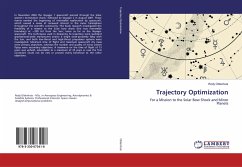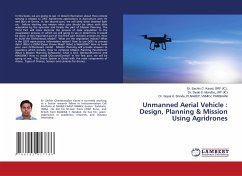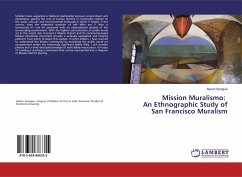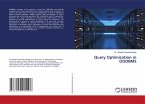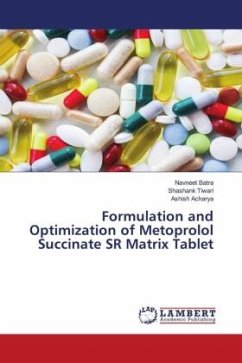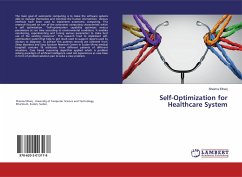In November 2003 the Voyager 1 spacecraft pierced through the Solar system's termination shock, followed by Voyager 2 in August 2007. These events marked the beginning of interstellar exploration by spacecraft, which caused a wave of renewed interest in the outer heliosphere throughout the scientific community. This book research investigated the feasibility of a mission to the Solar bow shock (the true interstellar boundary) at -200 AU from the Sun; twice as far as the Voyager spacecraft. The techniques used in designing its trajectory were standard gravitational-assist manoeuvres and/or a single close-proximity flyby with the Sun, and both low-thrust and high-thrust propulsion systems were investigated. Minimum time of flight and maximum spacecraft dry mass were primary objectives, whereas the number and quality of minor planet flybys were secondary objectives. A maximum on the time of flight of 15 years was upheld, extendable to a maximum of 25 years in case the first constraint could not be met or proved overly beneficial to the other objectives.
Bitte wählen Sie Ihr Anliegen aus.
Rechnungen
Retourenschein anfordern
Bestellstatus
Storno

